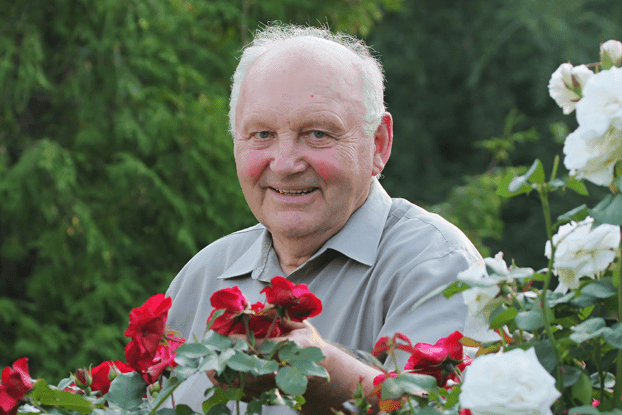“I am the senior partner at The Town Surgery, Sevenoaks, Kent and I specialise in the medical care of older people. Over the years I have recommended, and continue to recommend Consultus Care and Nursing which provides trained, full time live-in carers and nurses (since 1962) to enable elderly folk where possible to stay in their own homes for the rest of their lives in familiar surroundings, where friends and family can visit at any time, and where pets can be retained. In my experience this is the ideal environment for any older person requiring short or long term care.”
Dr. Philip Razzell, BSc MBBS MRCS LRCP Dip Obst RCOG, qualified at Guy’s Hospital and has always been interested in the medical care of elderly people. He is hospital practitioner in geriatric medicine at Sevenoaks Hospital, and also has special experience in psychiatry and supervised the diabetic clinic at the medical centre. Dr. Razzell holds the Diploma in Geriatric Medicine of the Royal College of Physicians.







